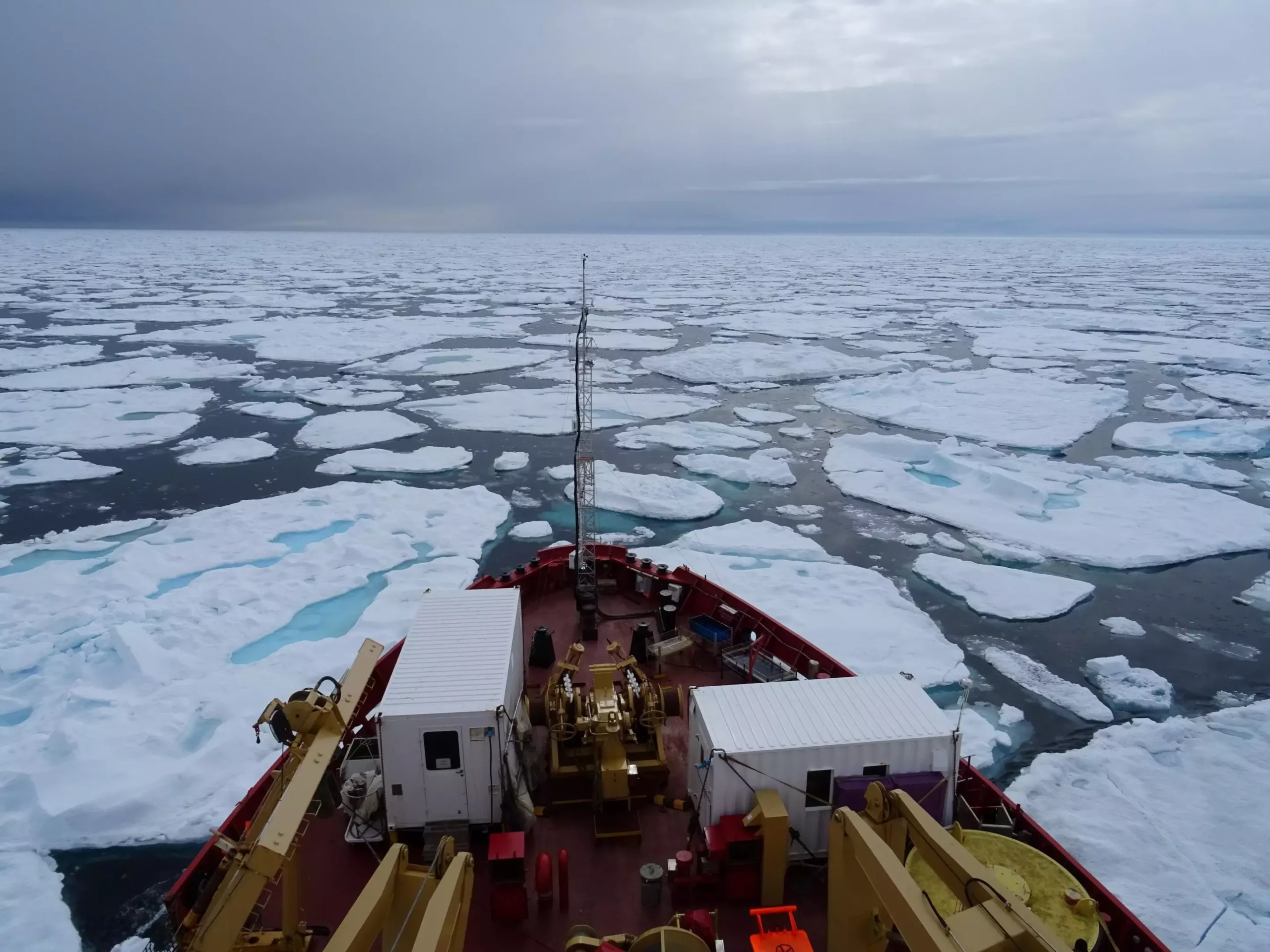The Northwest Passage (NWP) has long captured the imagination of maritime enthusiasts and global trade proponents alike. This elusive waterway, stretching through the Arctic Circle and linking the Atlantic and Pacific Oceans, was once thought to hold promise as a shortcut for shipping routes, especially in light of climate change. However, a recent analysis published in Communications Earth & Environment casts a shadow over this optimism, highlighting unexpected consequences of changing Arctic conditions that might hinder the viability of the NWP as a commercial route.
Melting Ice, Thickening Challenges
Between 2007 and 2021, researchers, led by Alison Cook, meticulously analyzed sea ice data from the Canadian Ice Service to determine navigability for ships designed to withstand icy conditions (specifically PC 7 class vessels). Contrary to the expectation that warming temperatures would produce more ice-free days, the findings revealed a significant decrease in the ice-free shipping season across key segments of the NWP. Notably, sections like the eastern Beaufort Sea saw a staggering 14-week reduction in navigability, while other regions, such as M’Clure Strait and Viscount Melville Sound, experienced a five-week decrease.
The main culprit behind this paradox is the influx of thick, older sea ice migrating southward from the Arctic Ocean, resulting from extensive melting in the Last Ice Area. This phenomenon raises critical questions about maritime safety; older ice notoriously poses more risks than the thinner, younger ice that had previously dominated these waters.
Choke Points and Their Implications
The analysis identifies formidable choke points—areas like the M’Clure Strait and the Larsen and Peel Sounds—where the shipping season has contracted severely, making navigation perilous. These sections offered fewer weeks of accessibility compared to other parts of the NWP, highlighting how intricate and unpredictable Arctic navigation has become.
For communities residing along the Canadian Arctic Archipelago, the implications are dire. Many of these coastal residents rely heavily on shipping for crucial supplies like food and other essentials. As shipping routes become less predictable, these communities face not only economic challenges but also existential threats to their way of life. The intersection of climate change, tradable goods, and the need for reliable shipping in these remote areas presents an unsettling reality where hopes for accelerated Arctic shipping are being dashed by unforeseen ecological consequences.
Reimagining Arctic Shipping in a Warming World
The persistent contraction of the ice-free shipping season raises pressing questions about the future of global trade patterns. Shipping companies and policymakers must reassess their strategies and expectations regarding the NWP. As the analysis suggests, the anticipated boom in trade and reduced travel times might not materialize in the face of increasing ice thickness and unpredictable weather conditions.
Furthermore, stakeholders must grapple with the broader implications for global shipping logistics, including the sustainability of current practices in an ever-changing climate. In light of these developments, it is crucial to develop innovative solutions and alternative strategies that can address both the needs of local communities and the realities of navigating treacherous Arctic waters.
As we examine the unforeseen complexities within the Northwest Passage, it’s evident that our understanding of climate change’s impact on global trade is still evolving, and we must proceed with caution in our assumptions about what a warmer planet may bring.

